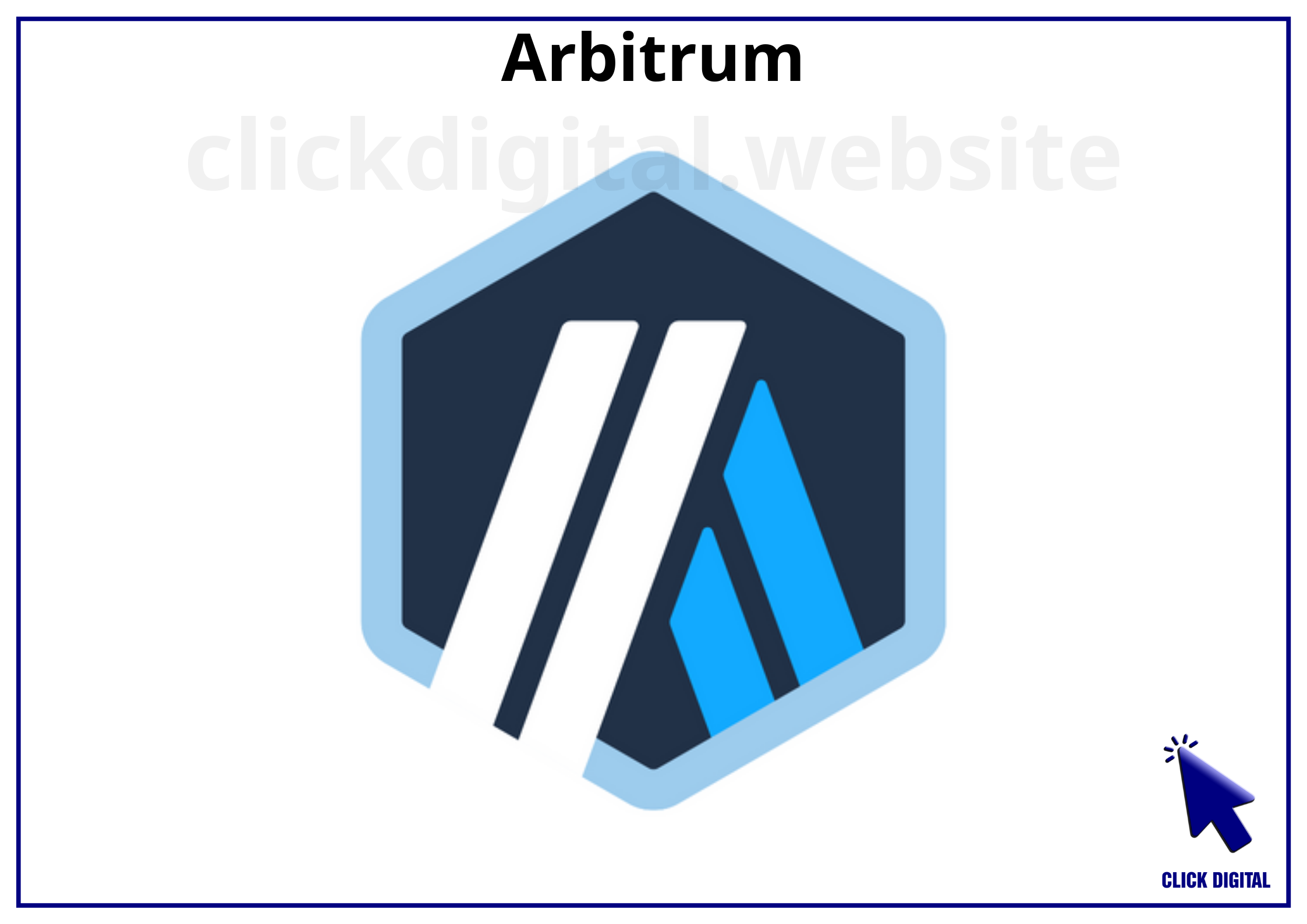Key Takeaways:
- Timeboost introduces a sealed-bid auction to prioritize high-value transactions.
- The upgrade aims to reduce spam and latency-based competition on Arbitrum.
- Early results show strong adoption, with 100% auction utilization at peak times.
Table of Contents
Arbitrum Rolls Out Timeboost to Modernize Transaction Ordering
Arbitrum, Ethereum’s second-largest Layer 2 (L2) network with $2.4 billion in total value locked (TVL), has unveiled Timeboost, a significant upgrade aimed at solving long-standing issues like network congestion, transaction spam, and MEV (Maximal Extractable Value) inefficiencies.
Timeboost is a new transaction ordering mechanism that replaces the traditional first-come, first-served (FCFS) model with a more sophisticated system that includes sealed-bid, second-price auctions. The approach rewards high-value transactions with priority access to the network’s new “express lane,” which bypasses the usual 200-millisecond delay faced by others.
By redesigning how transactions compete for inclusion, Timeboost addresses not just performance, but also economic alignment within the Arbitrum ecosystem.
Why Arbitrum Built Timeboost: Tackling Latency and Spam
Offchain Labs, the team behind Arbitrum, explained that while FCFS models have user-friendly advantages and offer protection against harmful MEV tactics like front-running, they encourage off-chain latency races and spamming.
Participants often invest in faster hardware or flood the mempool to gain priority. The system experiences unnecessary pressure as a result. Timeboost instead moves competition on-chain—allowing participants to bid for priority, rather than race against the clock or spam the network.
The sealed-bid auctions happen every 60 seconds, with auction winners gaining exclusive access to submit transactions into the express lane. According to Entropy Advisors, at 15:00 UTC, the network hit 100% express lane utilization, indicating full auction participation and growing demand.
How Timeboost Works: Sealed-Bid Auctions Meet Instant Processing
Timeboost functions through three core elements:
- Express Lane: High-priority transactions from auction winners are processed instantly, avoiding the 200ms delay.
- Autonomous Auction System: Every minute, an off-chain system runs a sealed-bid auction to determine express lane access.
- On-Chain Smart Contract: Auction results and fund distribution are handled by a smart contract, ensuring transparency and reliability.
The system’s overall block time remains unchanged at 250 milliseconds, preserving the fast transaction speeds Arbitrum users are familiar with. Importantly, non-express transactions are not deprioritized severely—they’re simply delayed by a small, predictable window.
Timeboost’s Economic Incentives for Chains and MEV Searchers
One of Timeboost’s standout features is its potential to create new revenue streams. Instead of letting MEV profits leak to external actors through hardware races or arbitrage, Timeboost channels value directly into Arbitrum’s ecosystem.
According to Entropy Advisors, the protocol generated $400 in its first four hours, suggesting a projected $1.6 million in annual revenue. As of now, only four unique bidders have participated, indicating significant growth potential.
The top bidder, wallet 0x95c, won over 50% of auctions. Meanwhile, Kairos, a tool built by the team behind Titan Builder and Titan Relay, came in second. These early participants are expected to be joined by many more as the auction mechanism matures and demand rises.
For MEV searchers, Timeboost represents a more predictable and less wasteful way to secure transaction priority. Instead of flooding the network, they now compete through strategic bidding.
Timeboost’s Impact on Users and Ecosystem-Wide Adoption
For average users, the experience remains stable. The only noticeable difference is a slight increase in processing time, capped around 450 milliseconds for non-priority transactions. The private mempool structure stays in place, ensuring users remain protected from front-running and sandwiching.
Chains adopting Timeboost can tailor the system to their needs. While currently implemented on a centralized sequencer, Timeboost is designed to work with future decentralized sequencer models as well. Adoption is optional, but Arbitrum has proposed early deployment to its DAO.
Ed Felten, co-founder and Chief Scientist at Offchain Labs, emphasized that Timeboost allows “searchers to compete more transparently” and provides builders with a predictable framework for leveraging transaction priority.
Timeboost as a Technical and Economic Evolution for Arbitrum
With the launch of Timeboost, Arbitrum takes a major step in its mission to become the most technically advanced and economically aligned L2 on Ethereum. It preserves user protections, opens new revenue opportunities, and streamlines MEV handling—without sacrificing speed or fairness.
The DAO has also recently proposed governance changes to further align incentives. Five “Arbitrum Aligned Entities” would gain pre-vote proposal review authority, hinting at a broader push for strategic coordination and network maturity.
As the Timeboost rollout continues and more users and chains engage with the new auction model, its impact on Arbitrum’s technical infrastructure and economic design could set a new standard for other Ethereum Layer 2s.

